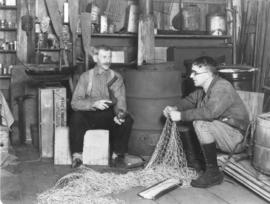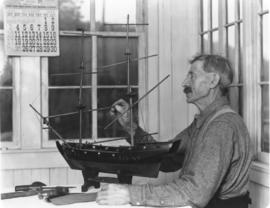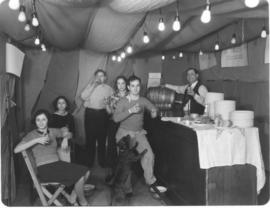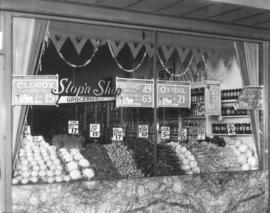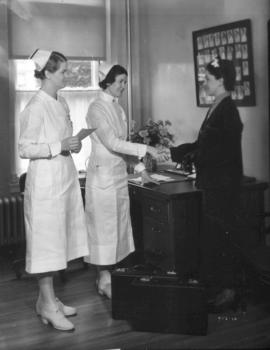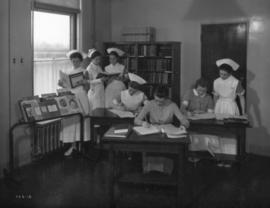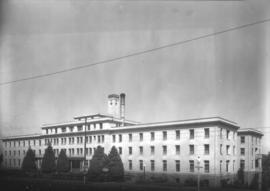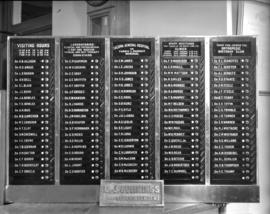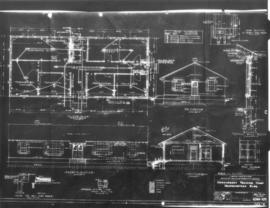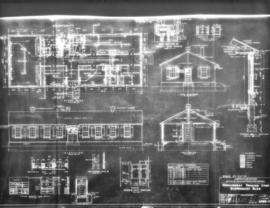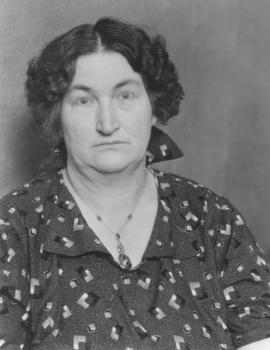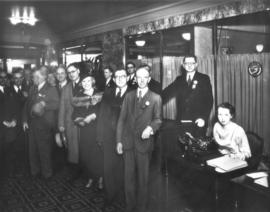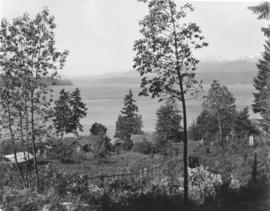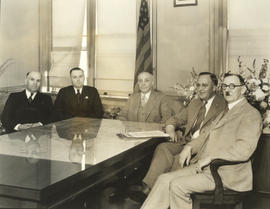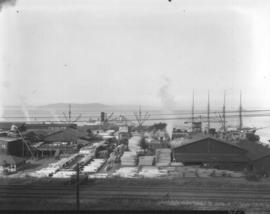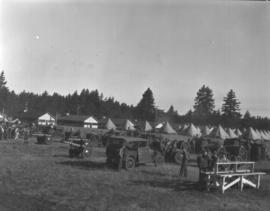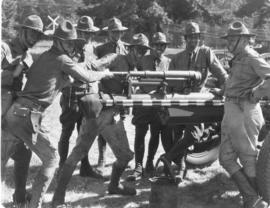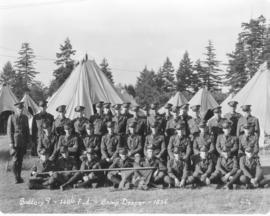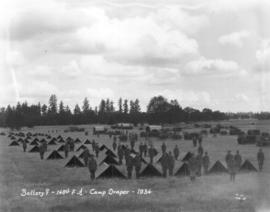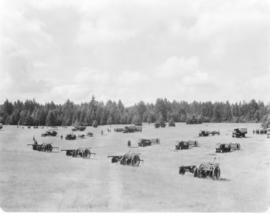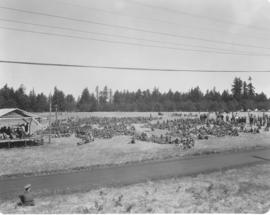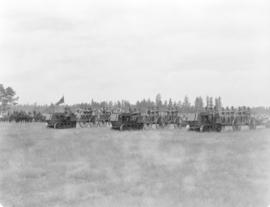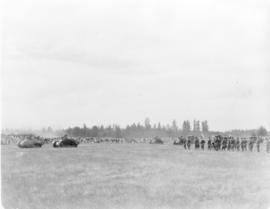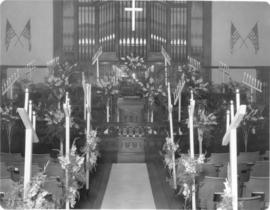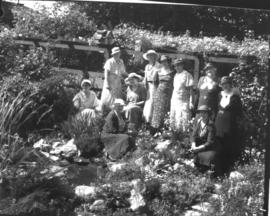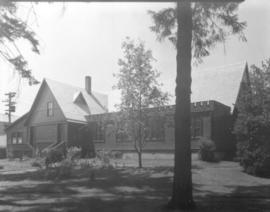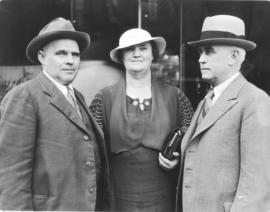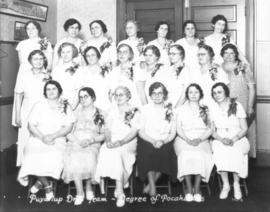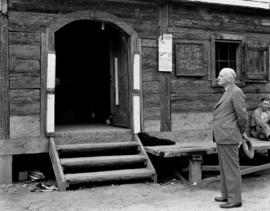- Item
- 1934
Part of Richards Studio Photographs
ca. 1934. In 1934, Henry Querrette, sharpening a drawknife with a wetstone, was photographed sitting in his Hood Canal workshop with writer Alfred L. Gehri, holding a fishing net. Mr. Gehri wrote a series of articles for Better Homes & Gardens in the thirties featuring the down to earth advice of builder Querrette, known in the articles as "Chips." One of the houses built by Mr. Querrette, called "the Fo'castle", stands at 407 South Sheridan Avenue. His workshop was described as smelling of cedar and marine tar. It harbored an accumulation of objects collected during "Chips'" varied careers as a ship's carpenter, lumberjack, cowboy and home builder. Ropes, nets and gear hung along one wall, while on the other wall was the builder's wide workbench and neatly hung tools. ("Better Homes & Gardens" March, 1936)
Fishing nets; Cabins; Querrette, Henry; Gehri, Alfred L.;
